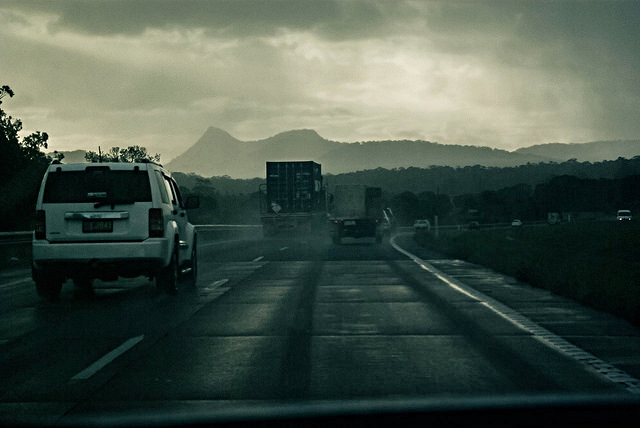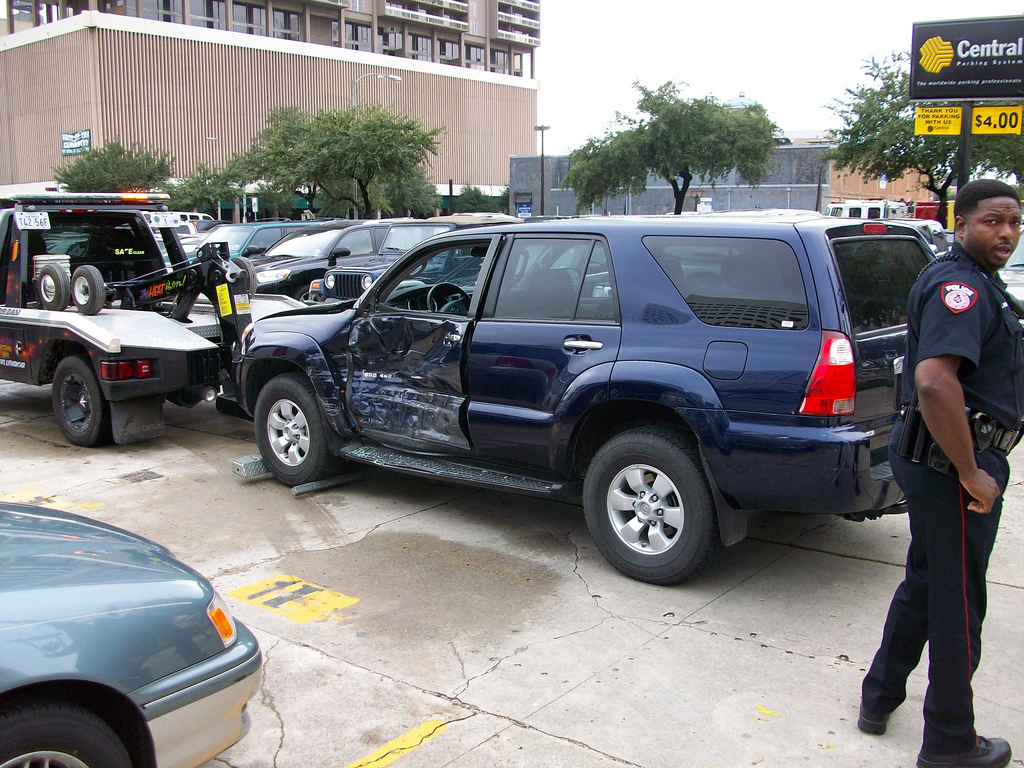Summer is in full swing in Michigan! That means plenty of sunshine, heat, and lots of time spent outdoors enjoying the beautiful weather. Whether heading to the beach, to a lake, to a picnic, or on a road trip, be careful of the summer sun!
There’s no better time to talk about sun safety, because according to WebMD, July is UV Safety Month! Everyone loves sunshine, but it’s easy to forget that with the sun comes it’s powerful ultraviolet rays. While the danger of spending hours under the sun is well known, less than an hour of sun exposure can still cause harm. In fact, all it takes is 15 minutes for UV rays to damage your skin! This means that sunscreen is essential even for a quick stroll to the corner store. The warning to wear sunscreen is repeated frequently, however it’s not always taken to heart, as fewer than a third of US adults apply sunscreen on a daily basis.
Sunscreen is a beach bag essential, but it’s not necessarily an item that drivers reach for every time they get in the car. Drivers and passengers may feel safe from the sun during their summer road trips, however the side and rear windows of motor vehicles do not offer full protection from UV rays. The driver’s left side is particularly at risk for UV exposure. But fear not! The Skin Cancer Foundation has published some safety tips drivers can follow to enjoy the sunshine while keep their skin protected, when hitting the road.
How To Prevent UV Exposure While Driving
1. Treat Your Vehicle to Window Film
The sun's ultraviolet radiation is associated with most cases of skin cancer, which will affect one in five Americans over a lifetime. UV radiation reaches us in the form of shortwave UVB and long-wave UVA rays, but glass blocks only UVB effectively. Although car windshields are partially treated to filter out UVA, the side windows let in about 63 percent of the sun's UVA radiation; rear windows are also unprotected, leaving back seat passengers exposed. There is, however, a solution. Transparent window film screens out almost 100 percent of UVB and UVA without reducing visibility, and is available in all 50 states. If you have window film installed, remember that it protects you only when the windows are closed.
2. Keep Sunscreen in the Car
A sunscreen should be on hand for quick reapplication during long drives (The Skin Cancer Foundation recommends reapplying every two hours). Look for one with an SPF of 15+ and some combination of the following UVA-blocking ingredients: avobenzone, ecamsule, oxybenzone, titanium dioxide, and zinc oxide.
3. Skip the Sunroof, Skip the Convertible
Drivers' heads and necks receive the most UV exposure, so it's no surprise that Butler's team found over 82 percent of skin cancers on the patients' heads or necks. A solid, closed roof is your best bet. If you have a sunroof or a convertible top, wear a hat, preferably a wide-brimmed one (3" or greater all around). At the very least, be sure to apply sunscreen to exposed areas of the face, neck, and scalp.
The second most common area for skin cancers was the arm, so, in addition to applying sunscreen, avoid propping your elbow up on the open window while you drive-keep both arms inside the car, and your hands on the wheel. Long-sleeved shirts are also a great sun-protective option.
Keep a hat in the car, along with your sunscreen and UV-blocking sunglasses, and you'll have a sun protection travel kit to see you safely to your destination.
The skin is the body’s largest organ, “covering a total area of approximately 20 square feet!” It plays a fundamental role in keeping the human working properly, therefore it should be given plenty of attention and protection. Although drivers only expose a small portion of their skin while driving, the sun’s powerful UV rays can still cause severe damage. A study from Journal of the American Academy of Dermatology (SCF) found that in the US, around 53% of skin cancers developed on the left side of the body. According to Susan T. Butler, MD, a coauthor of the study, "The increase in left-sided skin cancers may be from the UV exposure we get when driving a car."
Sunshine can not only damage a driver’s skin, but it can also impair their vision while on the road, which may lead to car accidents that result in serious injuries. As reported by Business Today, “Extreme brightness and distracting reflections can impair visibility when driving and be the cause of a freak accident.” Sunglasses are an excellent option to help prevent accidents, and the most effective pair will also protect a driver’s eyes from UV-A and UV-B rays. Soon enough, snow will blanket Michigan once again, so enjoy that summer sun, but don’t skimp on the sunscreen and don’t forget to wear sunglasses!
With summer well underway, Michiganders are out on the road in full force, driving to the lake, going on road trips, and even just enjoying the snow-free open roads. With so many cars on the streets, car accidents are very likely to occur. If you or a loved one has been the victim of an automobile accident, call The Michigan Law Firm, PC at 844.4MI.FIRM, for a free legal consultation with an experienced accident attorney.
















